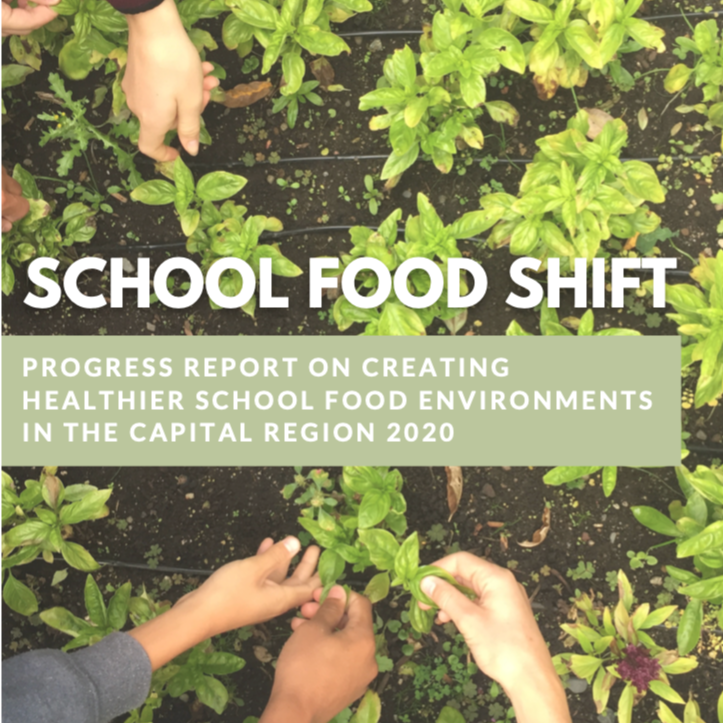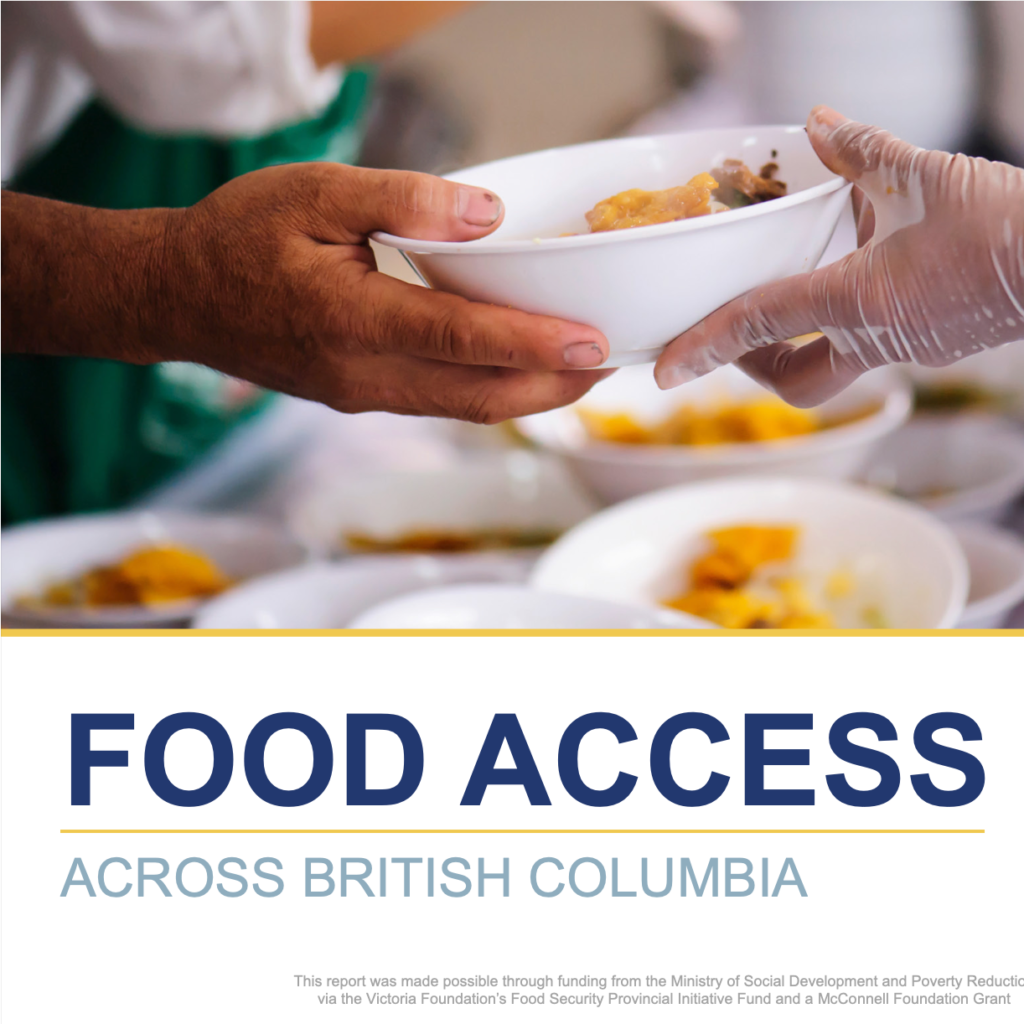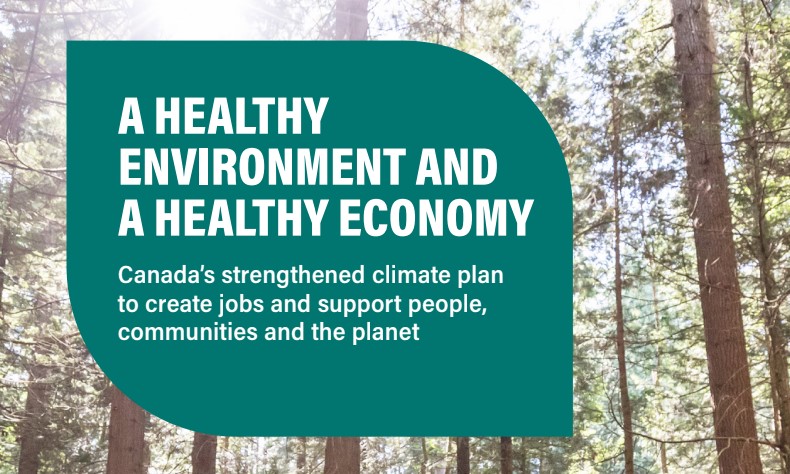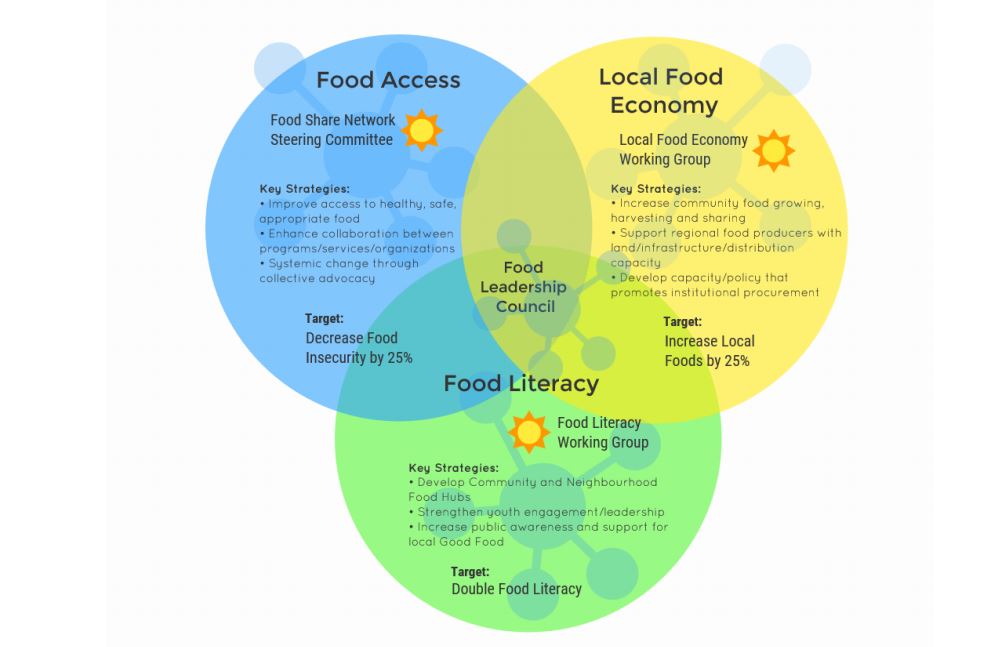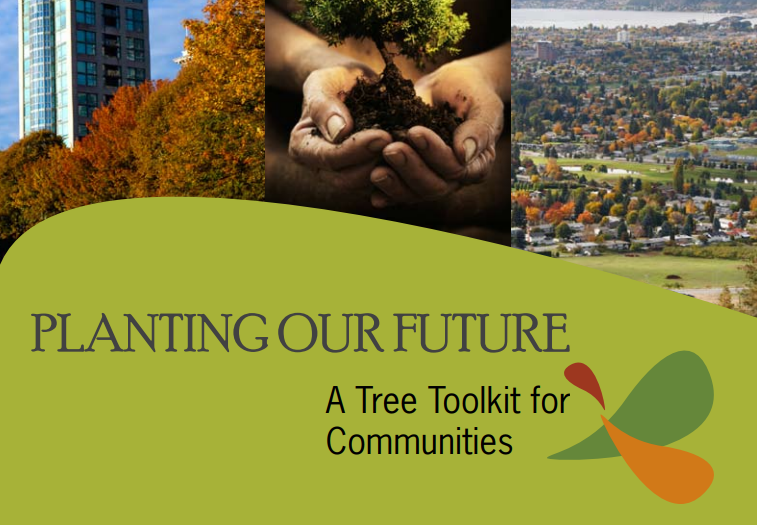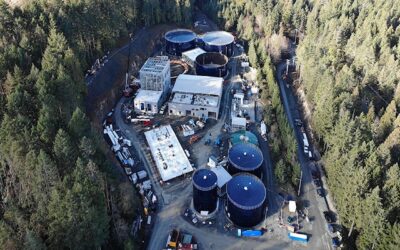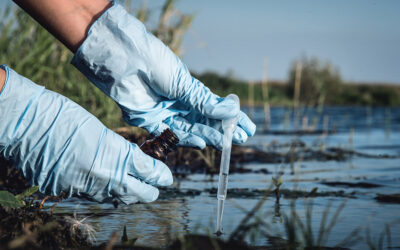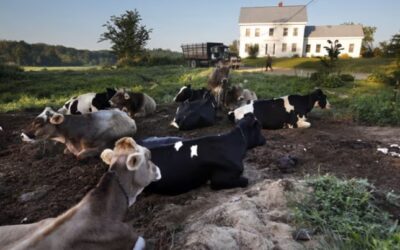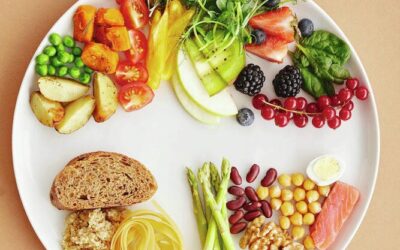Food & Health
Read the 2020 School Food Shift Progress Report
The School Food Shift Collaborative report summarizes the development of the Healthy School Food Framework as well as progress over the past year towards collaborative goals of healthy school food environments.
PHABC Food Access Report
Public Health Association of BC (PHABC) conducted a survey on food access programming and organizations.
Food is Connection Webinar Series 2021
This interactive discussion brings into focus how sharing food fosters community and well-being. Community leaders, restaurant owners and food justice advocates consider how food fosters relationships and belonging when it is grown, exchanged, prepared, and shared in a family, culture and/or community.
A Healthy Environment and a Healthy Economy
It is within our reach to build back from the pandemic in a way that meets the need to address climate change and to deliver a stronger economy that thrives in a low-carbon world to the benefit of all Canadians.
The clean economy is an immense opportunity. Global momentum is already accelerating towards this end and Canadian workers and businesses are well-positioned to be leaders.
“A Healthy Environment and a Healthy Economy” is a plan that achieves both our environmental goals and our economic hopes: clean air, clean water and long-term secure jobs.
“A Healthy Environment and Healthy Economy” is your invitation to be a part of the continuing conversation and hard work ahead and - the better, more prosperous future it will deliver for all Canadians.

How-to Garden Video Series
It is never too early to start planning and plotting your garden for spring! Check out these useful videos to help you get growing.
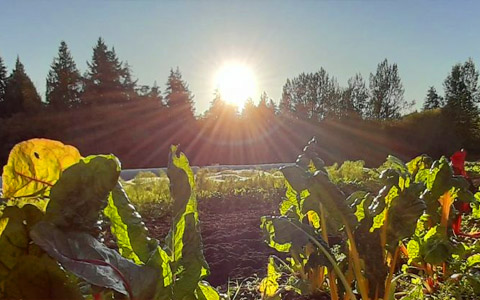
Just Food Online Educational Tool
Are you an educator, student or community member interested in Food Justice? Check out this resource created by UBC Faculty of Land and Food Systems.
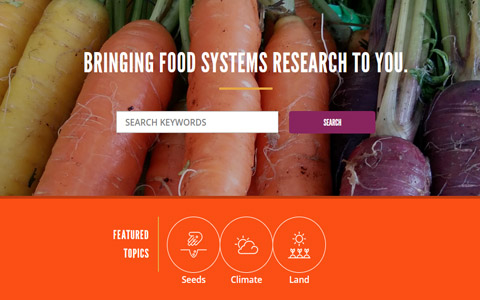
BC Food Web
BC Food Web is a freely-accessible online portal designed to increase access to food systems research results and other resources for producers, processors, policy-makers, educators, and the general public.
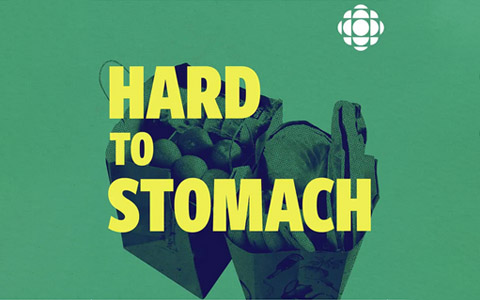
Podcast Series: Hard To Stomach
CBC Radio | Stories of real people as they navigate Food Insecurity and Food Inaccessibility in Canada.

Palenka Produce Box Report
The Palenke Produce Box (PPB) is a grassroots initiative aimed at providing fresh produce boxes sourced locally from Vancouver Island-based bi-weekly, and also supporting our communities' access to nutritious, fresh, food while also re invigorating our connection to the lands we live on, our relationship to where our food is grown, the resilience of our communities, and the vitality of our bodies.
Transforming the Regional Food System Through Collective Impact
Good Food 2025 is a comprehensive multi-sector, multi-jurisdictional strategy to promote a healthy and sustainable food system in the Capital Region. Good Food is “good for the planet, good for the provider, and good for the health and well-being of all”. Learn more about this effort here.
Planting Our Future - A Tree Toolkit for Communities
Although this document was created in 2008, the information remains relevant and provides useful planning tools and strategies that can be used to help communities to enhance the value of their urban forest. The benefits of trees are clearly listed, issues and challenges are addressed, and straightforward suggestions are provided.
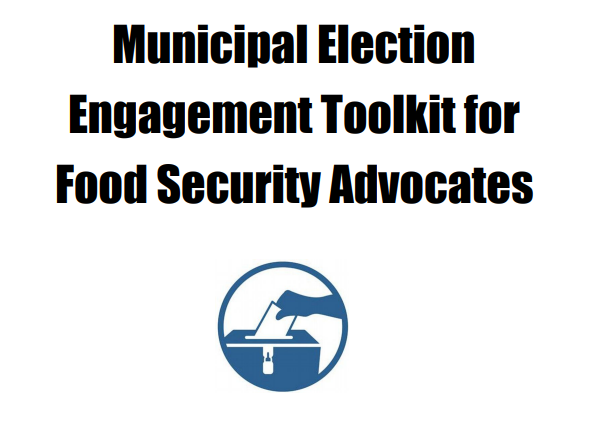
Election Toolkit for Food Security Advocates
This toolkit was created by a working group of food security advocates to help you find ways to engage with your local constituents around food issues during a municipal election. By researching and pooling information we present you with the what, why, who, when and how to guide you through this endeavour. We hope that you find the toolkit helpful in your efforts to work with local government in regards to your local food system.
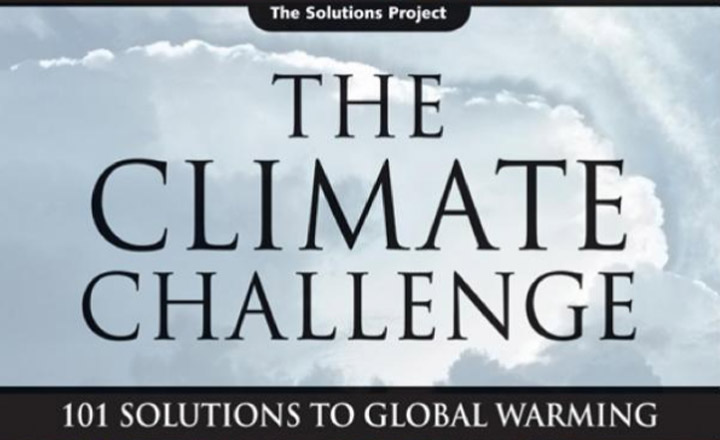
The Climate Challenge
by Guy Dauncey
The Climate Challenge draws on working solutions from around the world, and lays out the best actions for students and scientists, musicians and mayors, policy-makers and presidents, showing how it is possible to reduce our carbon footprint to almost zero by 2040. Each solution describes steps that are already being used in homes, schools, businesses, cities, and governments around the world-with full scientific references to help the reader dig deeper and push farther.
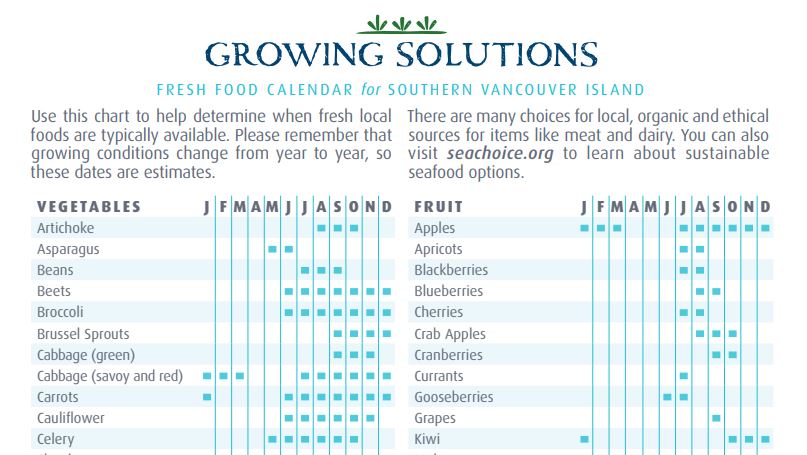
Growing Solutions Food Calendar
By The CRD
Use this chart to help determine when fresh local foods are typically available. Please remember that growing conditions change from year to year, so these dates are estimates.
Download

Who Will Feed Us?
By the ETC Group
Who Will Feed Us compares the industrial food system with peasant farming. Industrial farming gets all the attention (and most of the land). It accounts for more than 80% of the fossil fuel emissions and uses over 70% of the water supply used in agriculture, but it actually produces only about 30% of the world's food.
Download
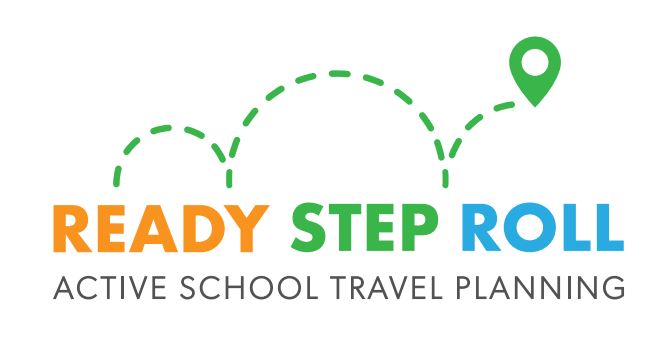
CRD Ready Step Roll Active School Travelling Plan
By The CRD
Students using active transportation for their daily school commute see improvements in their physical and mental health, social development and academic achievement.
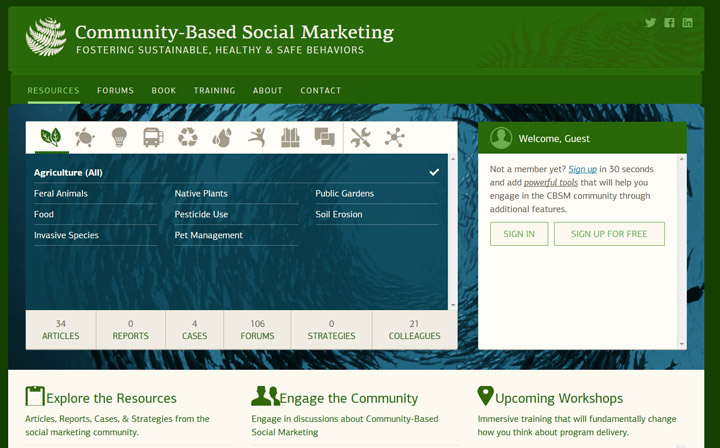
Community Based Social Marketing
Community-Based Social Marketing is helping humanity make this transition more gracefully. The cornerstone of sustainable and healthy communities is behaviour change. Sustainability requires that individuals and businesses engage in diverse actions, such as reducing waste, increasing water and energy efficiency, altering transportation habits, and protecting native species. Healthy lifestyles require individuals to make smart food choices, exercise, avoid smoking and excessive sun exposure, and engage in a myriad of other actions. Learn More
Reading List
Courtesy of Guy Dauncey
Eating Tomorrow: Agribusiness, Family Farmers, and the Battle for the Future of Food, by Timothy A. Wise (2019)
A Year on The Garden Path: A 52-Week Organic Gardening Guide, by Carolyn Herriot (2011)
The Zero-Mile Diet – A Year-Round Guide to Growing Organic Food, by Carolyn Herriot (2010)
Learn More About Local Food
Watch interesting videos featuring a variety of local food experts
Quick Tips
- Boost your immune system by taking care of your emotional, mental, physical and spiritual well being with meditation, movement, nutritious food, gratitude, and spontaneous laughter.
- Meditation. Did you know that just by intentionally slowing down your breath and quieting your mind you’re stimulating the healing response in your body? Lots of online resources exist.
- Get outside. You don’t have to go far, just go out. Move your body.
- Stay connected with friends and family with voice calls, texts, video. Have fun, laugh, share, connect with people you haven’t spoken to for awhile.
- Avoid drama.Try and keep your conversations positive and notice when you’re not so you can recalibrate and contribute to remaining healthy mentally, spiritually and physically.
- Stretch daily. There are lots of free online yoga and fitness programs available. Enjoy discovering what you haven’t had time for.
- Be kind to yourself and others
- Participate in a community garden
- Be vegan
- Be vegetarian
- Be a flexitarian (mostly meatless)
- Eat less red meat
- Eat meat less often and in small portions (100g)
- Eat less dairy
- Prepare home-cooked food almost always
- Eat minimally processed food
- Share favourite vegetarian/vegan recipes with friends
- Buy local food whenever available
- Buy food in season (e.g., no asparagus in January)
- Try not to buy air-freighted food or flowers
- Preserve local food (freezing, canning, etc.)
- Keep an organic vegetable garden
- Participate in a community garden
- Save water by cover crops, mulching, drip irrigation
- Save your own seeds
- Keep free range chickens
- Buy as much organic food as your budget permits
Attitude of Gratitude
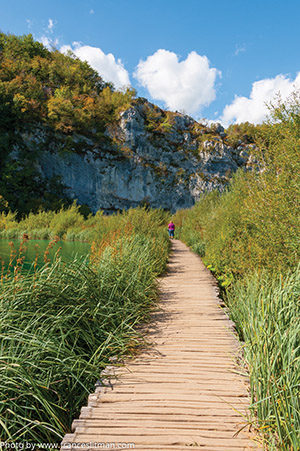 Having a bad day? Consider this: Your worst day may be someone else’s best day.
Having a bad day? Consider this: Your worst day may be someone else’s best day.
Putting things into perspective, finding joy and giving thanks for the simplest of things can change everything. Many people report that keeping a journal of what they are grateful for keeps them feeling less anxious, more grounded, and happy.
Get Outside & Breathe
 Motion removes emotion. So does breathing. When we get stressed we tend to hold our breath, so take in and let out a big belly breath, and another and another.
Motion removes emotion. So does breathing. When we get stressed we tend to hold our breath, so take in and let out a big belly breath, and another and another.
Swing your arms, move your feet, and, regardless of the weather, get outside for as long as possible each day.
Our sensory system evolved in the natural world, so when we’re outside, our frontal lobe, the part of our brain that’s hyper-engaged in modern life, deactivates and becomes relaxed when we look, hear, and smell what we were naturally predisposed to experience.
Public health officials in Finland recommend that people get into the forest a minimum of five hours a month to stave off depression, lower stress and enhance mental well-being. The Japanese refer to this type of therapy as “forest bathing.” The cleansing properties to our system are well documented to be worth a daily dive.
Just Laugh
Laughter has long been regarded as one of the best medicines. Did you know that your body does not know the difference between fake laughter and a true, hearty belly laugh? The process of laughing releases endorphins into your system that makes you feel good, naturally. In addition to lifting your mood and brightening your day, 10-15 minutes of sustained laughter can also burn 10-40 calories.
Laughter Yoga is a modern exercise movement where practitioners get together to engage in spontaneous laughter. They believe in the benefits that laughter can bring to one’s body and mind. Clubs exist worldwide with many free to attend. The connection to yoga is only through breathing exercises, so anyone, of any age, can do it.
Imagine how much lighter, brighter, and happier our world would be if more people laughed. After all, it’s hard to be mad when you’re laughing. Go ahead, just laugh!
Protect Farmland & Create Urban Farm Landscapes
The interest in locally grown, nutritiously rich, organic food is growing significantly. However, farms, food trees, and land are rapidly disappearing and many people do not have access to local and cultural food or adequate healthy food and must rely on emergency food services.
“Less than 50% of people on the island consume their daily recommended fruit and vegetables (Canada Food Guide), over 50% of people are overweight or obese, and the prevalence of diet related disease and chronic illness (diabetes, hypertension, cardiovascular disease) continues to rise.” (Source: Good Food Network Report 2025)
As we make a stand for local food security, we must learn how we, as individuals and communities, can protect the future of agricultural land.
Here’s a few ways you can protect farmland:
- Buy from local farmers.
- Resist shopping at big box stores (forests and farmland often are paved over for these stores).
- Support government policy that invests in farmers.
- Encourage and support younger generations interested in farming.
- Review the Good Food Network Report 2025 guide available on www.goodfoodnetwork.info and the CreativelyUnited.org Resources page. It’s an example of a solutions-based framework that leverages significant health, environmental, and economic benefits through food system initiatives that increase food security. It also addresses access to safe, healthy, and culturally appropriate food that honours traditional ways of hunting, gathering and fishing by indigenous peoples.
Find Your Food at Farmers Markets
Abundance surrounds us, but we can miss it if we don’t step outside of our regular routine. Did you know that local farmers markets offer a bounty of wholesome, fresh, nutritious local food and drink? They also have great live music, local art and crafts, and operate weekly in many neighbourhoods year round.
Farmers markets create stronger community connections and a thriving local economy. They also support the preservation of farmland which is important for regional food security. When we get to know our food producers and artisans, we understand who our purchases support. Doesn’t it feel good when you see the smile of the person who grew your food or made your goods?
Have a conversation with someone new. Try food you may have never seen before. Ask a farmer some questions. Get to understand how locally grown doesn’t just guarantee freshness, it also ensures less waste and a flourishing local commerce.
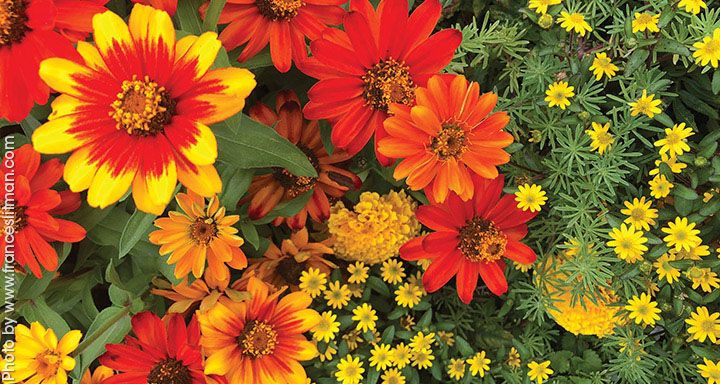
Cultivate Bee Loving Spaces
One of the most crucial creatures to the web of life is the humble bee. Sadly their numbers have dwindled over the years due to pesticides and climate change. These hardworking pollinators help trees, flowers, and plants survive and thrive, contributing daily to our food supply and economic resilience.
Here’s a few ways to cultivate bee-loving spaces:
- Do not use herbicides, insecticides or pesticides as they kill bees and other pollinators.
- Leave room for bees. Some bees nest in the ground and require patches of bare earth, as well as dead plant stems for nesting.
- Plant flowers! When luring bees, you want to plant groupings of flowers so that they can feed rapidly with shorter distances to travel between blooms.
- Build a bee home. You can create a mason bee home or native bee home from scratch! There are many resources on the internet to help you get started. Try searching for Mason Bee homes.
- Create a bee bath – a shallow plate with a few rocks in it and a little water will do.
- Invest in native plants as there are certain bees that only harvest pollen from plants that are native to the region.
Grow With Community and Boulevard Gardens
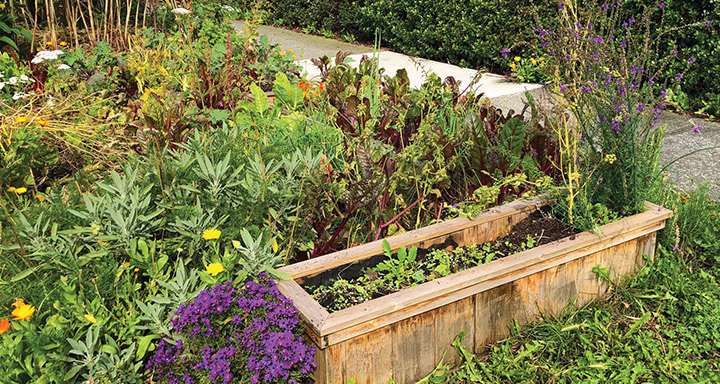 Not everyone has space for a garden at home. However, sometimes boulevards provide enough space for innovative pocket gardens and, lucky for us, there are wonderful green spaces cropping up all over cities that are being shared as community gardens.
Not everyone has space for a garden at home. However, sometimes boulevards provide enough space for innovative pocket gardens and, lucky for us, there are wonderful green spaces cropping up all over cities that are being shared as community gardens.
Often plots at these gardens are manageable in size and perfect for new and experienced gardeners. If you appreciate the importance of growing your own food, then consider joining a community garden.
A few suggestions for new gardeners:
- Start with a small plot. If you can manage it the first season, increase it the next!
- Don’t overplant; leave room for your veggies to produce and grow!
- Make sure your soil is rich and full of organic matter when you begin.
- Plant your favourite foods so your harvest will be enjoyed.
- Be prepared to preserve your abundance by canning or freezing at harvest.
- Remember you are a powerful part of creating local food security.
Fuel Up With Good Nutrition - Eat Seasonally and Regionally
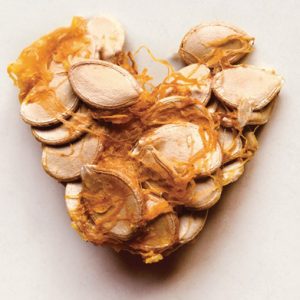 When non-organic produce is bought out of season, it has generally been grown with pesticides and fertilizers, is picked before it reaches its optimum ripeness and nutrition, and shipped from far away.
When non-organic produce is bought out of season, it has generally been grown with pesticides and fertilizers, is picked before it reaches its optimum ripeness and nutrition, and shipped from far away.
Because we want to be able to eat everything at all times of the year, we are no longer eating seasonally, regionally or nutritiously.
Eating local foods in season may limit the selection of food we consume, however, it increases our potential for good health. Given food is fuel for our bodies, choose what you eat wisely.
Also, when we purchase food that is grown close to home, we invest in fresher, more nutritious food with a reduced carbon footprint that also supports our local economy, people and farmland.

Eat Responsibly
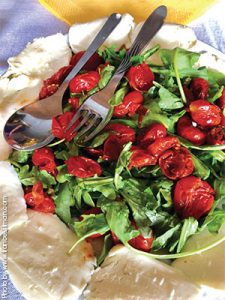 What we eat impacts our climate. The world’s food system is responsible for about one quarter of the greenhouse gases that humans generate each year, according to ScienceMag.org.
What we eat impacts our climate. The world’s food system is responsible for about one quarter of the greenhouse gases that humans generate each year, according to ScienceMag.org.
This includes raising and harvesting all the plants, animals and animal products we eat — beef, chicken, fish, milk, lentils, kale, corn and more — as well as processing, packaging and shipping food to markets all over the world. If you eat food, you’re part of this system.
The emissions involved in deforesting land for cattle, harvesting livestock feed, plus the methane from livestock itself, accounts for 23 per cent of global warming, 45 per cent of global freshwater consumption and 45 per cent of total land use.
The consumption of beef involves 160 per cent more land resources than people who eat a plant-based diet. Beef, lamb and cheese have the highest footprint. Shifting from beef to chicken and eating more plants is one way to start. By eating vegan you can cut your carbon footprint in half.
One simple way to cut food-related emissions is to waste less. Buying what you need and actually eating it — instead of tossing it out — means that the energy used to produce your food has been spent efficiently.
Source: ScienceMag.org, One Green Planet, nytimes.com
Celebrate Vibrant Health
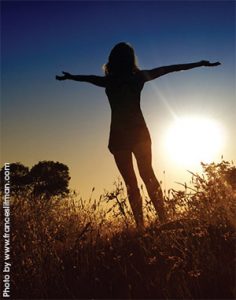 Health is wealth! Sometimes we get so busy earning a living, we forget to live. Without our health, it’s hard to enjoy the rest!
Health is wealth! Sometimes we get so busy earning a living, we forget to live. Without our health, it’s hard to enjoy the rest!
When we begin to celebrate vibrant health we align with the things that truly matter — like taking care of ourselves, each other and our planet.
Here are a few suggestions to increase our vibrancy:
- Drink more water
- Get outside at least twice a day
- Breathe deeply
- Eat local, organic plant-based food
- Enjoy home cooked meals
- Be grateful for life
- Move your body
- Stretch, dance, do yoga
- Smile more
- Participate in community
- Meditate
- Avoid drugs and alcohol
Digital Detox - Take a Tech Break

Smart phones and other portable digital devices have become an addiction.
Taking a digital detox is just as important as any other self-care practice. The latest Digital 2019 report states that on average, each Internet user spends 100 days a year of their time surfing the Internet. That’s a lot of time that could be spent doing a multitude of other things.
A successful detox allows our body to return to a natural state of balance. Here’s a few ways to unplug and have a digital detox in your day:
- Turn your device off and take a break from it.
- Keep your devices out of sight and at arm’s length.
- Eat your meals without a device nearby.
- Keep your devices out of the bedroom.
- Give yourself an allowance of screen time per day.
- Set a time before going to sleep to stop looking at your phone.
- Turn off distracting notifications.
- Only use one device at a time.
- Leave your device behind when going for a walk.
Food Sharing
Ensuring food is not wasted but shared is the mandate of two amazing BC organizations. Check out: FoodMesh.ca and LifecyclesProject.ca
Lighten Up & Recharge
Coffee can be seen as an everyday necessity that gets most people through their day. Are we really aware of the enormous impact of buying our coffee in a disposable cup each day, or even once in a while? The solutions are easy! Bring your own travel cup and make a habit of always using it. Many coffee shops will give you a small discount on your order if given a re-usable container (anywhere from 5 to 30 percent). Ask the barista for a “to stay” mug. Your coffee will stay hot, fresh, and flavourful!
- Vancouverites throw out 2.6 million paper coffee cups every week.
- Almost two billion take-out coffee cups needlessly end up in landfills each year because most Canadians have not switched to using travel cups.
- Most fast food/coffee cups are not recyclable or facilities don’t exist to recycle cups or lids.
- EACH disposable coffee cup is responsible for 0.24 lbs of carbon (C02) greenhouse gas emissions.
Sources: City of Vancouver, CBC, The Vancouver Sun, environmentaldefence.ca
Change Our Habits
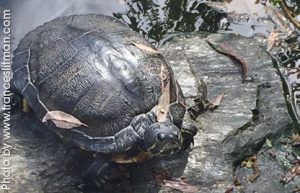 By restructuring our environment in ways that sustain good behaviours and making bad behaviours inconvenient, we can break free of the constraints that limit our freedom and impede optimum health.
By restructuring our environment in ways that sustain good behaviours and making bad behaviours inconvenient, we can break free of the constraints that limit our freedom and impede optimum health.
Observing what drives our habits is the first place to start. Could it be that our daily coffee or snack stop is driven by a need for distraction or interaction?
Be aware that every day, marketing firms are creating cravings in the hope that we respond by opening our wallets. This is why we tend to overconsume in order to solve some “problem” in our lives.
Conscious effort and awareness will help us formulate strategies for reform. For example, controlling the cues that make us reach for the phone every time it pings is one way to control this habit. Try turning your phone off, for starters, and changing up your routine. You might be surprised how much lighter and happier you feel as a result.
Rise Above Negativity
One of our biggest deterrents to happiness is becoming stuck in negative thinking. We all do it, but there’s good reason to practice rising above those critical dialogues or hopeless perspectives. It has been shown that negative brain activity can lead to a compromised immune system.
Also, when we look at the world through a pessimistic lens we tend to become disempowered as to the difference we can make to ourselves, our community, and our planet. To shift out of a gloomy space, think about the possibilities rather than the challenges.
Choose something you would like to make a difference with and instead of complaining about it, suggest and act on a solution!
“Stay away from negative people. They have a problem for every solution.”
— Albert Einstein
Wheel Fun
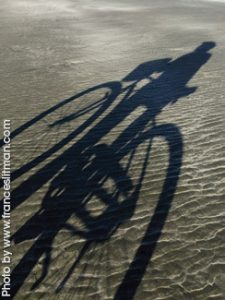 Moving our bodies and getting outside increases our sense of well-being. As we move towards a carbon-negative future, it is important that we consider alternative transportation methods, with much less environmental impact, to get us where we are going.
Moving our bodies and getting outside increases our sense of well-being. As we move towards a carbon-negative future, it is important that we consider alternative transportation methods, with much less environmental impact, to get us where we are going.
Electric bikes are getting more people riding, especially those who didn’t think cycling was for them. They’re a great form of transportation, less stressful on the body than regular bikes, allow us to cover longer distances, and are lots of fun to ride. When we set out on a two-wheeled adventure we revisit the excitement of being a child again.
Harvest Your Own Fresh Water Supply
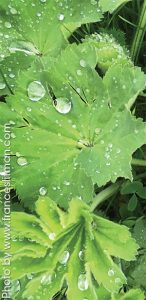 Water is a finite resource that we often take for granted. To survive, humans need a reliable freshwater source. Increased population density in our communities puts pressure on streams, lakes, and aquifers for meeting our water supply needs.
Water is a finite resource that we often take for granted. To survive, humans need a reliable freshwater source. Increased population density in our communities puts pressure on streams, lakes, and aquifers for meeting our water supply needs.
Harvesting rainwater reduces the pressure on these water sources by returning it locally through outdoor uses or an onsite wastewater treatment system.
During a rainstorm, much of the rainwater runs off as storm water especially in urban areas with impermeable surfaces. On small coastal islands, as much as 80% of rainwater is lost as runoff to the ocean. Rainwater harvesting systems allow us to capture fresh water and store it for later use.
Rainwater harvesting can:
1) Reduce the strain of increasing development on conventional freshwater sources like community water systems and aquifers, especially in dry seasons when water use is high. These rainwater harvesting systems typically meet outdoor water needs for watering plants and gardens (irrigation).
2) Provide the primary water supply to private homes and businesses in rural areas instead of a well – especially where:
- there is no other readily available fresh water source
- groundwater yields are too low to fulfill water needs (combined
- system of groundwater and rainwater)
- groundwater is too deep and therefore expensive to access
- groundwater has naturally elevated salt or metal content
- groundwater resources have become contaminated.
3) Reduce storm water runoff and resulting erosion by collecting and storing the rainwater for later use (active harvesting) or by intercepting runoff, slowing it down, and letting it infiltrate into the ground (passive harvesting).
Remember that all the water on our planet is ALL that we have.
Pair Up With Community Non-Profits
Connect with organizations that share your values.
Community Blog Posts
Gambling Industry Needs Stronger Regulation to Protect Public Health
The Centre for Addiction and Mental Health in Toronto just released a report on another industry that in various ways harms health — gambling. Not only can it be addictive and harmful to health and social wellbeing, its impact is disproportionately experienced by low-income people…
It’s Time The Financial Sector Invested In Our Health and Well-Being
So far, in examining what the World Health Organization calls the commercial determinants of health, I have been looking at private sector firms that produce products that harm health, such as tobacco, fossil fuels or unhealthy foods.
CRD’s Biosolids Maker Sued by Texan Farmers Over Illnesses, Animal Deaths
The company that helps produce the Capital Regional District’s biosolids is being accused of its similar products medically harming Texas farmers and fatally impacting their animals. Synagro Technologies is the majority…
Unavoidable Legal Liability of Land Application of Biosolids
Dear CRD Chair and Board, Let me begin by thanking you all for your continued support for the popular and longstanding ban on the land application...
Legal Action Could End Use Of Toxic Sewage Sludge On US Crops As Fertilizer
New legal action could put an end to the practice of spreading toxic sewage sludge on US cropland as a cheap alternative to fertilizer, and force America to rethink how it disposes of its industrial and human waste. A notice of intent…
Corporate Lobbying Needs to be Kept Out of the Food System
In my last three columns, I looked at the health and economic burden of unhealthy diets, the role of large parts of the food industry in producing and marketing an unhealthy diet, and the ways in which our current food system harms the planet.
